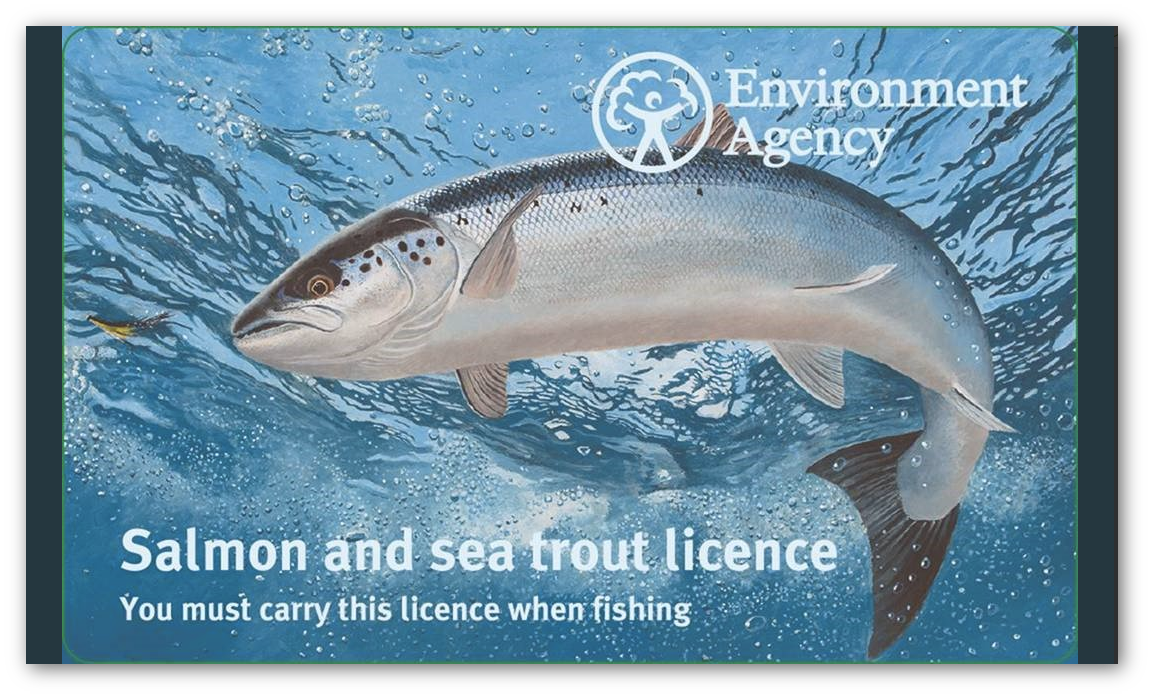Mark Sherwood is a Delivery Manager for the Environment Agency and his colleague Mark Buttle is a Developer. In this guest post they talk about how they use GOV.UK Notify in their ‘I want to fish’ service, which gives people across the UK the licences they need to fish.

Freshwater fishing is one of the most popular sports in the UK. People need a fishing rod licence to fish for salmon, trout, freshwater fish, smelt or eel in most rivers in England and Wales. The Environment Agency is responsible for issuing these licences.
At peak times, we process between 35,000 and 40,00 fishing rod licences each day, and annually, around 1,000,000 licences are sent out. To keep up with the country’s appetite for fishing, we considered ways to make this process quicker and easier for our users.
We needed a way to deliver messages quickly and at scale, moving away from the paper processes of our legacy system and toward the types of notification our users favoured, like SMS and email. Demand for licences is largely seasonal, so we needed something that could seamlessly adjust from say, 1,000 messages a day, to 40,000 a day at an instant.
Here’s why we settled on GOV.UK Notify and how we’re using it.
Comparing GOV.UK Notify to other solutions
We began searching the market for solutions. We looked at the opportunities available on G-cloud and a number of alternatives, some through Amazon’s AWS. Many solutions didn’t offer both SMS and email notifications. Also, most of them would have taken around 2-3 months to implement.
We chose GOV.UK Notify for several reasons. For a start, GOV.UK Notify was 0.4p cheaper per message than its nearest competitor. When you multiply this by the volume we’re sending, it becomes a significant saving.
With GOV.UK Notify we could integrate and send live messages within 4 days - rather than 3 months, and pass on the benefits of an improved system to our users quickly.
Another advantage of using GOV.UK Notify was that it allowed us to send email and SMS simultaneously. For our users this was one of their most important needs (and wasn’t offered by many of the other products on the market).
There’s an assumption that email is the best form of communication but by sending an SMS too, we’re meeting the needs of a far wider group of users.
How we use GOV.UK Notify
We’re using GOV.UK Notify to tell our users what their licence number is and to confirm their purchase. Doing this gives them permission to go and fish straight away.
We queue up the messages in our system and GOV.UK Notify sends them to users. GOV.UK Notify then tells us whether or not the message has been successfully delivered.
We’ve also been making the most of GOV.UK Notify’s flexibility. We can create as many templates as we want, so our content team can iterate and refine messaging to meet user needs.
Writing clear, easy-to-understand content can be more complicated than people expect. Templates give us the flexibility to send the right message to the right audience at the right time. If something isn’t working, or we think of a better way to say something, we can change the template in an instant.

Our advice to other service teams
My advice for other service teams looking to use GOV.UK Notify is - use it! We found GOV.UK Notify to be:
- flexible - the templates give our content team greater control
- simple - our developers were able to easily integrate GOV.UK Notify into our systems, hassle-free
- adaptable - we can easily increase or reduce the number of messages sent
- cheaper - GOV.UK Notify saves us at least 0.4p for every SMS we send
The opportunities are endless with GOV UK Notify. We’re now looking at other areas of the ‘I want to fish’ service to see if GOV.UK Notify can support other interactions between our users and the service.
Our developers loved how easy it was to integrate with GOV.UK Notify and start using it.
A developer's view of GOV.UK Notify
I’m Mark Buttle, a Developer for the Environment Agency. I helped onboard GOV.UK Notify into the ‘I want to fish’ service.
I think GOV.UK Notify’s strength as a product, comes from the extensive user research the team did with developers. It’s clear to see they’ve thought long and hard about the technical implications as well as the front-end user need.
The Application Programme Interface (API) has been easy to use and intuitive. We haven’t had any complications and the integration process has been straightforward. So much so, we didn’t need to phone the GOV.UK Notify team to discuss the technicalities of the integration - we just hooked in and that was that.
We also have the comfort and reassurance that GOV.UK Notify is coming from a secure environment, and that the data we’re putting in isn’t going to be shared with any outside bodies. This is something we’re very conscious of.
You can follow the Environment Agency on Twitter.
To find out more about GaaP components, and the range of tools and guidance available to support your work creating and running services, have a look at the Service Toolkit.
For updates on the development and adoption of GaaP components, subscribe to this blog.